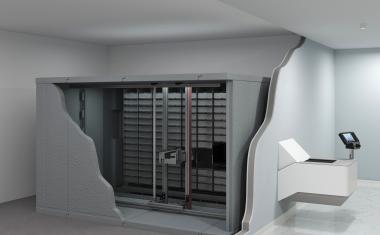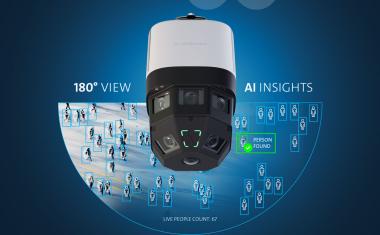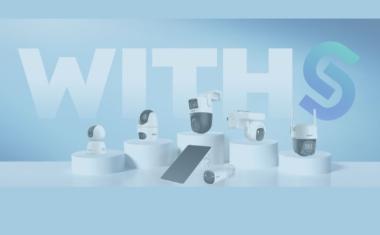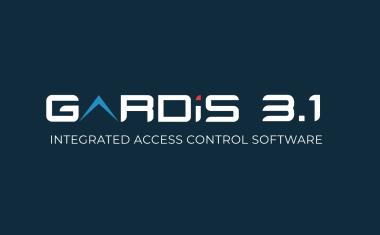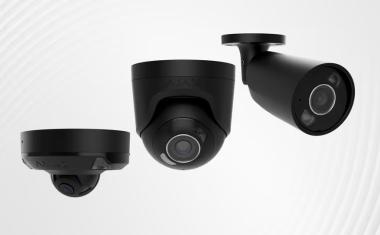Decoding Video IP Streams
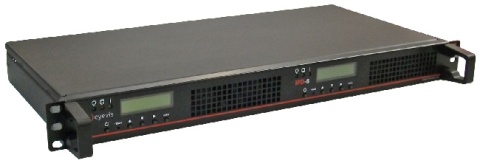
Find out what this is and how it may help you. Video IP Streaming is a common and popular technology, which has been asserting itself over the years more and more, so that it will be indispensable from now on. This article will introduce you to the operating mode and advantages of IP Streaming. What does IP streaming mean? The process of transmitting video, display, audio and data material via an encoder in an IP based network is called IP streaming.
The encoding device transforms the data content into a streaming protocol, such as for example an RTSP. In order to increase data rates, the video contents are being minimized in advance with a codec. The current formats of video material are MPEG-2, MPEG-4, MJPEG and H.264. What is the use of it in practice?
IP streaming makes it possible to use an already existing network facility easily. Camera signals can be carried via this network. The old-fashioned and complex wiring of analog cables becomes unnecessary. In addition to that, signals can be easily carried over longer distances. And a large number of cameras can be viewed in one single place because a 1:1 cabling in no longer needed. The material can also be accessed from all different points inside of the network and be managed from there as well. This multi cast principle lets the material "multiply" itself and makes an access at various points in the network possible.
The advantage of multicast is that one video stream can be broadcasted to several members of the network or only to a specific group of people without the bandwidth being multiplied with the number of recipients. With multicast, the sender only needs the exact same bandwidth as every recipient. In the case of data transfer of a package, the multiplication of the package happens at every single junction (Switch, Router) on the route of distribution. Can I change my network to IP streaming? Does this contain any risks? All that probably sounds absolutely convenient and relatively easy. But besides all these advantages, it takes a little more than simply plugging in a network camera with a switch.
Especially when it comes to larger installations, the network must be laid-out and configured for this application. Otherwise it might happen that only a few multicast streams already overflow the network. But special switches that support the IGMP network protocol can prevent that. It is absolutely necessary to have your network ready for the use of multicast. Without precautionary measures, the conversion or insertion of IP streaming may have more serious consequences than just a black display. Is IP streaming applicable for any system, even with camera control, or are there any differences? A good and precise planning about what kind of streaming is required for which protocol and the actual purpose is essential in the end. When integrating IP cameras in a large screen system or video wall controller, there are several things to consider. IP video cameras are being used more and more often. There is a large number of producers of these cameras. Most of them make use of the standards, such as MPEG2, MPEG4 and H264. But they are still different a different codec from another producer and might not be identical. There are plans to find an overall standard in the future. But for now, large screen producers like us at eyevis, who also offer display wall controllers and IP decoding devices, have to cope with the challenge of embedding new cameras into the systems. This may take some time, depending on the producer of the cameras and their will to cooperate, as far as there is no RTSP available and the camera producer can not make the necessary information available for the videowall company. Therefore, it is important to find out everything there is to know about the camera producer, type etc. in time, before the actual project starts. eyevis for example has already integrated most of the common camera types and producers, but priorities must be assigned, due to the mass of different cameras on the market. The eyevis IPDU/IPD8 generally supports all cameras who use the connecting protocol RTSP and RTP, who support data via Unicast/Mulitcast and the codec MJPEG, MPEG-2, MPEG-4 and H.264. When a producer sticks to these standards, an integration of IPDU/IPD8 is relatively easy and quick. But if not, one depends on the SDKs of the camera producers for the integration in the network. If you are interested in IP streaming, eyevis recommend contacting professionals in any case. Together, a solution can be worked out hat is the most reasonable, practicable and affordable.











